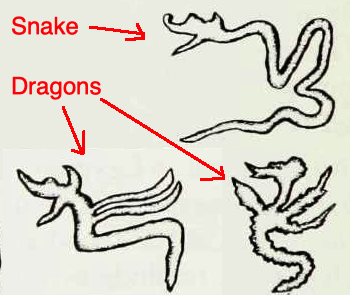
To me the most interesting bit is on the back: fire-steel in the center of a cross made of four branches radiating fire which looks like burning sun...The fire-steel positioned to look like a crown...What could this mean? How is this related to the same fire behind Mary?
https://twitter.com/DrJaninaRamirez/status/1351107464947757056
This is the heraldic symbol of Burgundy...What does it mean and why was it chosen as their symbol? Anyone knows? …gy-proceedingsandreports.yolasite.com/resources/25th…
• • •
Missing some Tweet in this thread? You can try to
force a refresh

















